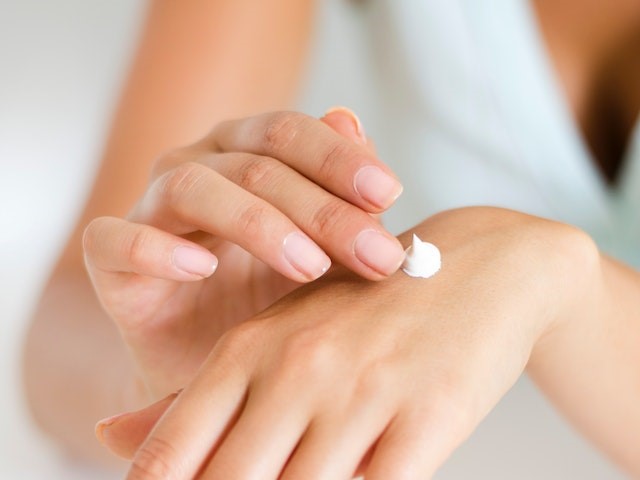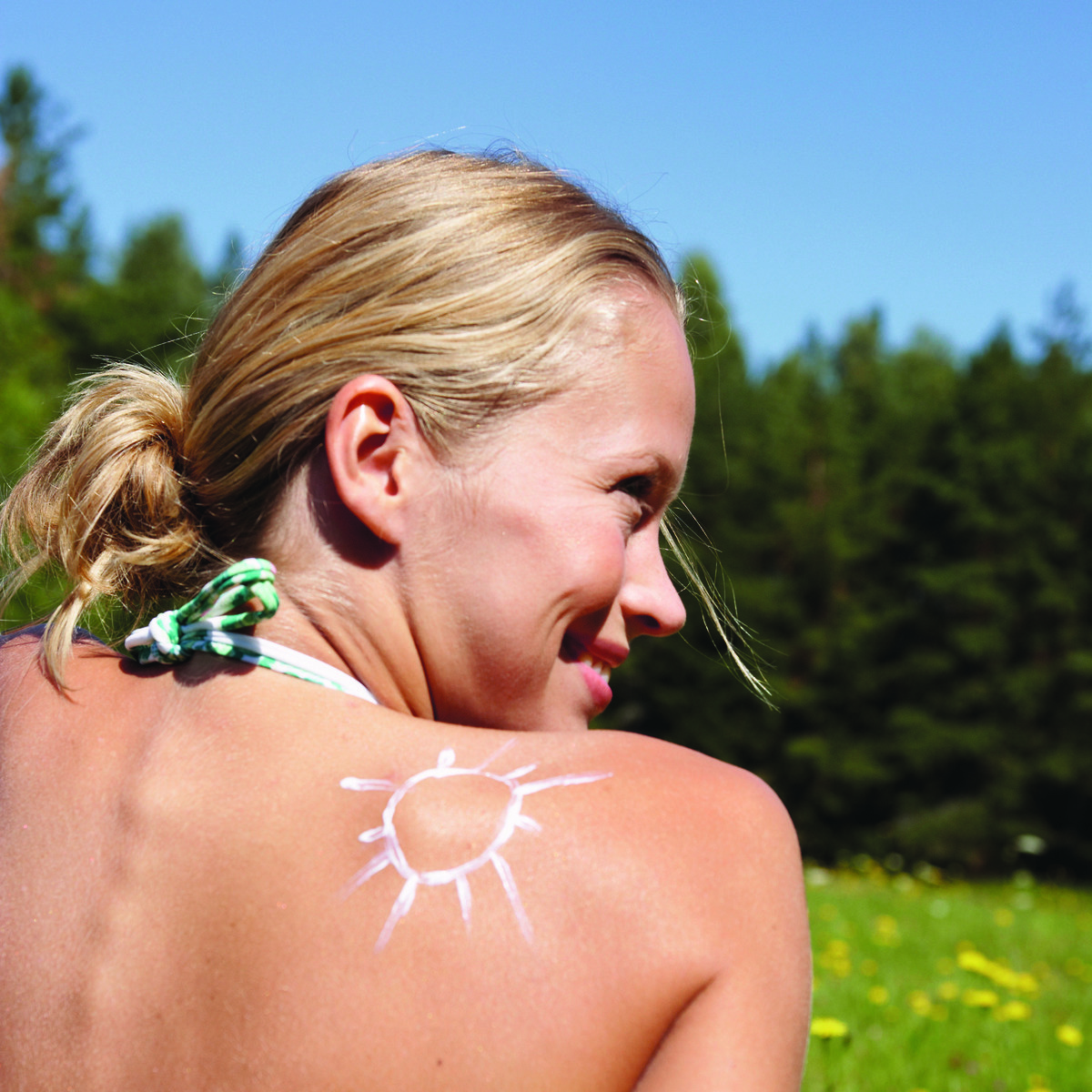SPF, UVA, UVB: What are all these abbreviations about? Which sunscreen is best for which skin type? And do you really tan less when you wear sunscreen? We provide you with the most important facts and tips about sun protection.
Summer, sun, sunburn: this trio is an inseparable part of the warm season for you? However, everyone would rather do without the last part. After all, sunburn is not only a painful affair, it also significantly increases the risk of long-term skin damage. Reason enough to take a closer look at the subject: We have collected the most important information.
Myths vs. facts: the most common misconceptions about sun protection
There are probably as many myths about sunscreen as there are about interval fasting or cryptocurrency. And sometimes the truth lies somewhere in the middle.

-
“The higher the SPF, the better.”
The SPF (sun protection factor) indicates the factor by which the skin’s own protection time is extended. The higher the value, the longer the protection. If you would blush after 10 minutes without sun protection and use a cream with a sun protection factor of 30, the sun protection is extended up to 300 minutes. However, the SPF values given are based on laboratory tests and many people overestimate the amount of sunscreen they apply. According to the European Commission, an SPF of 20 to 25 is sufficient for normal skin, but experts say it should not exceed 15.
- “Sunscreen prevents the skin from tanning.”
Don’t worry, your sunscreen won’t condemn you to a corpse complexion: even with the protection, enough light gets through to the pigment-forming skin cells.
- “Sunscreen is only necessary for summer.”
Even in winter, using at least an SPF of 15 is recommended, as the UVA and UVB rays can damage the skin even in weak sunlight.
-
“One application is enough for the whole day.”
A mistake many people make in summer: Lubricate thoroughly in the morning, and then the sunscreen returns to the bathroom shelf. It’s best to habitually carry a small tube of sun lotion because you should constantly reapply it during the day. Especially if you go into the water or have been sweating.

What UVA and UVB rays are all about
The sun emits different types of UV rays, including UVA and UVB rays. UVA rays penetrate deep into the skin and can cause premature ageing, wrinkling and long-term damage. UVB rays, on the other hand, are responsible for sunburn and can increase the risk of skin cancer. The effects of UV rays are exacerbated if we expose ourselves to the rays unprotected during the hours of the midday sun. Conclusion: Always apply sunscreen!

Sunscreen 101: Tips for adequate sun protection
When buying sunscreen, make sure it blocks both UVA and UVB rays and choose an SPF that suits your skin type: For a lightly tanned complexion, an SPF of 20 to 30 is usually sufficient. If you have pale, sensitive skin, however, it should definitely be over 30. Lubricate thoroughly from top to toe, using a generous amount of product to ensure UV protection. Remember to apply the cream about half an hour before you go out in the sun, not when you get to the beach because it takes a while for it to take effect. This way you will be well prepared against the sun’s dark side.
No chance for sunburn
Well-lubricated is only half-protected: With long clothing and hats or caps, you can reduce the risk of skin damage and sunburn even more. Timing also plays a role: the sun is at its most intense between 10 a.m. and 4 p.m., so it’s better to take a break in the shade more often during this period. Do you prefer to be really active on holiday? If you sweat a lot or splash around in the pool, you should reapply your sunscreen regularly so that only the sun really burns – and not your skin in the evening.
We wish you a beautiful, sunburn-free summer!







